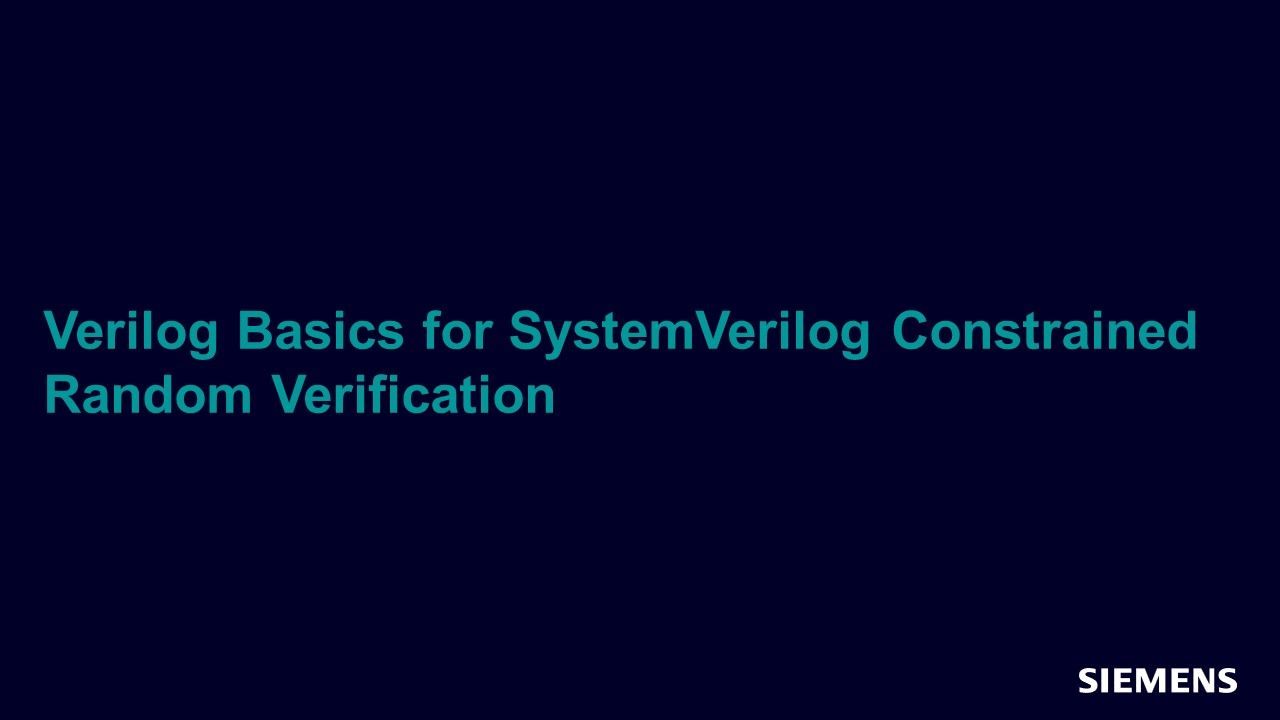Verilog Basics for SystemVerilog Constrained Random Verification
In this session we will review two of the most common issues when constraint solver results do not match your intent: 1) not understanding how Verilog expression evaluation rules apply to interpret the rules of basic algebra, and 2) not understanding the affect probability has on choosing solution values.

Full-access members only
Register your account to view Verilog Basics for SystemVerilog Constrained Random Verification
Full-access members gain access to our free tools and training, including our full library of articles, recorded sessions, seminars, papers, learning tracks, in-depth verification cookbooks, and more.